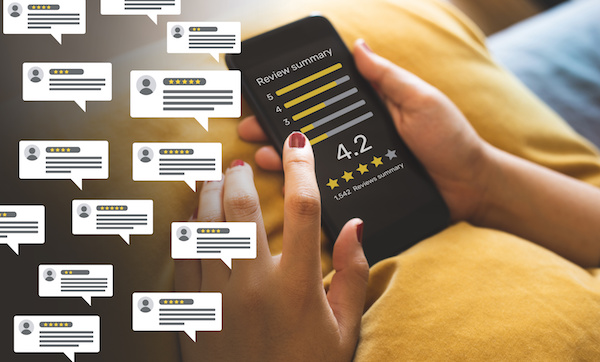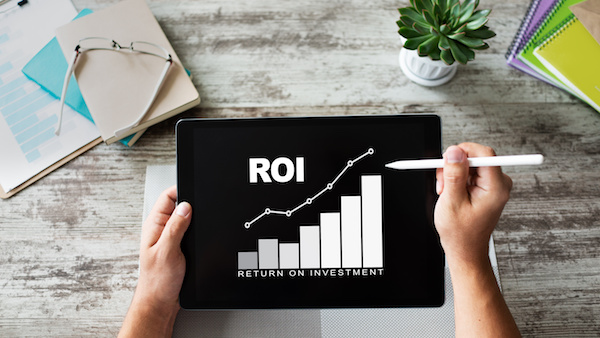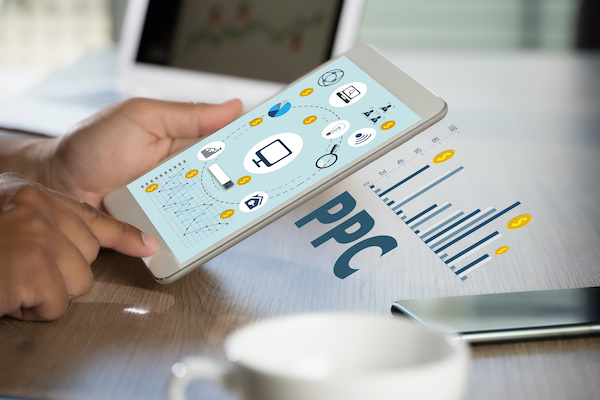
For businesses to thrive In 2024, it’s essential for them to have a strong online presence. Search Engine Optimization (SEO) plays a critical role in boosting a website’s visibility and driving organic traffic. However, navigating the complexities of SEO can be challenging for business owners, which is why many turn to digital marketing agencies, like Trek Marketing, for assistance. That said, there are some key factors to consider during your search, including the benefits of SEO services and how to reap them.
Expertise and experience
When selecting a digital marketing agency for SEO, it’s essential to assess their expertise and experience in the field. Look for agencies with a proven track record of success in implementing SEO strategies across various industries. Experienced agencies are equipped with the knowledge and skills to navigate algorithm updates, keyword trends, and other factors that impact search engine rankings.
Comprehensive services
Choose a digital marketing agency that offers a comprehensive range of SEO services that can meet your business needs at every stage. Regardless of the size of your business, your service should include keyword research, on-page optimization, link building, content creation, and performance tracking. A holistic approach to SEO ensures that all aspects of your website are optimized for maximum visibility and engagement.
Transparent reporting
Transparency is key when working with a digital marketing agency for SEO. Look for agencies that provide regular and detailed reporting on the performance of your SEO campaigns. This includes metrics such as keyword rankings, organic traffic, conversion rates, and return on investment (ROI). Transparent reporting allows you to track the effectiveness of your SEO efforts so that you can work alongside your team to make informed decisions.
Customized strategies
Every business is unique, which means there’s no one-size-fits-all approach to SEO to yield the best results. Be sure to choose a digital marketing agency that takes the time to understand your business goals, target audience, and competitive landscape. This will allow them to customize your SEO strategy to stand out from the crowded online marketplace.
Long-term partnership
SEO is not a one-time effort but an ongoing process that requires attention and nurturing. So, when hiring a digital marketing agency for SEO, make sure that you choose a partner that is committed to building a long-term relationship with you and your business.
All of the above are benefits of SEO services with Trek Marketing! If you want to get in touch to discuss your future regarding SEO, please leave a comment below to receive a prompt response.
What are your SEO goals? Drop a comment to start a conversation.
Alex Wilks has been working as a copywriter and digital marketing strategist since 2018, with added specialties in social media and email marketing. With a Bachelor’s Degree in Journalism and Communication, she is a natural content writer with the ability to connect well with her target audience.

















